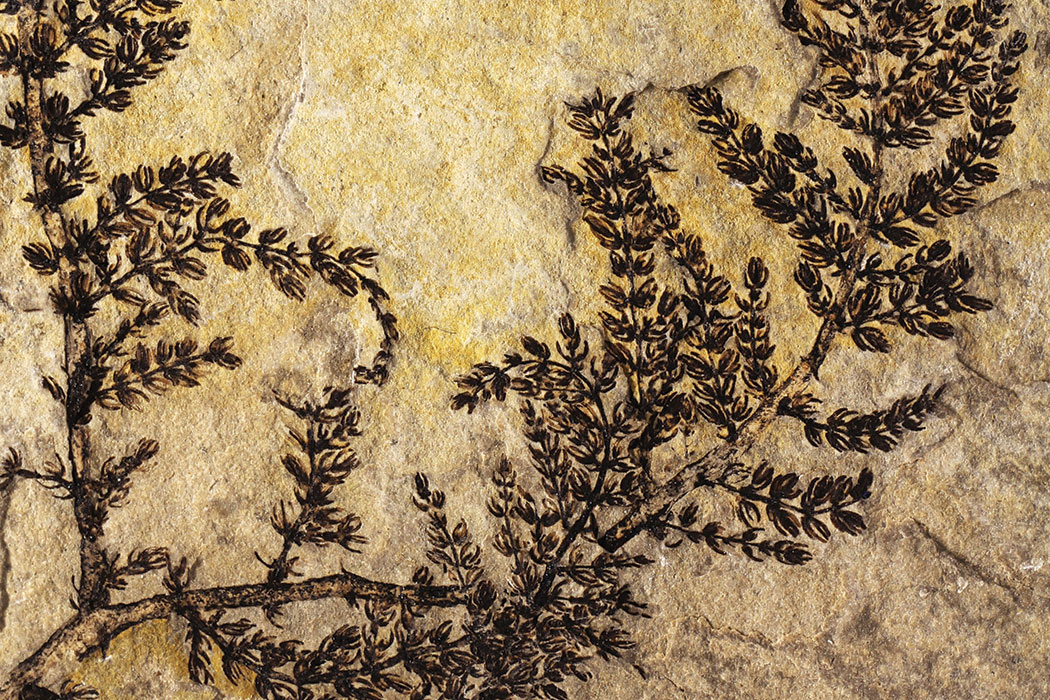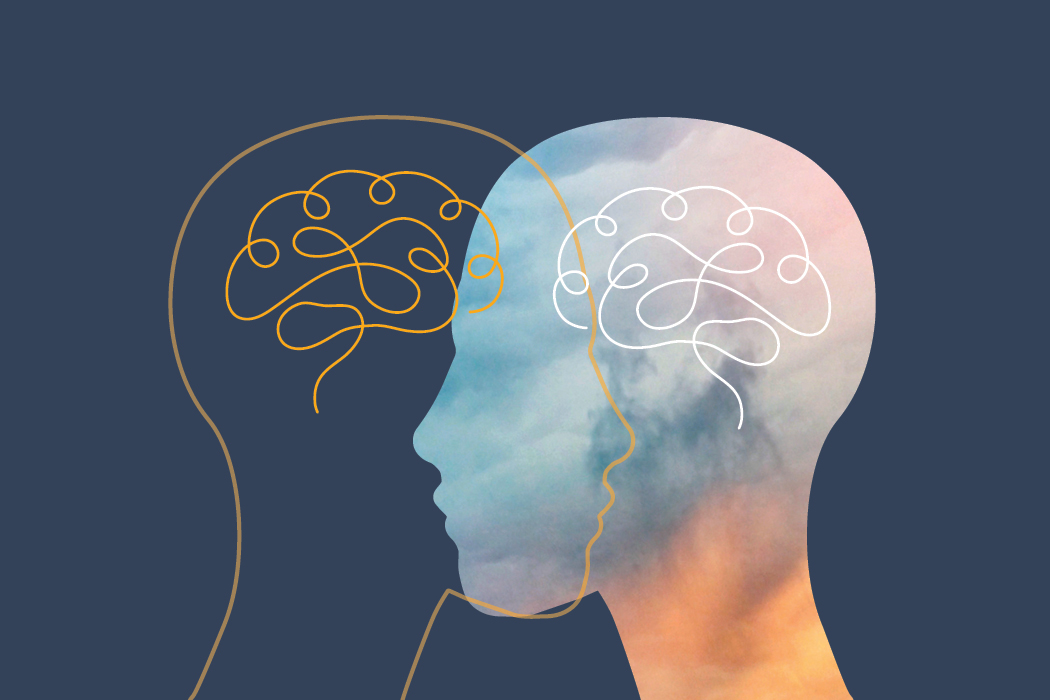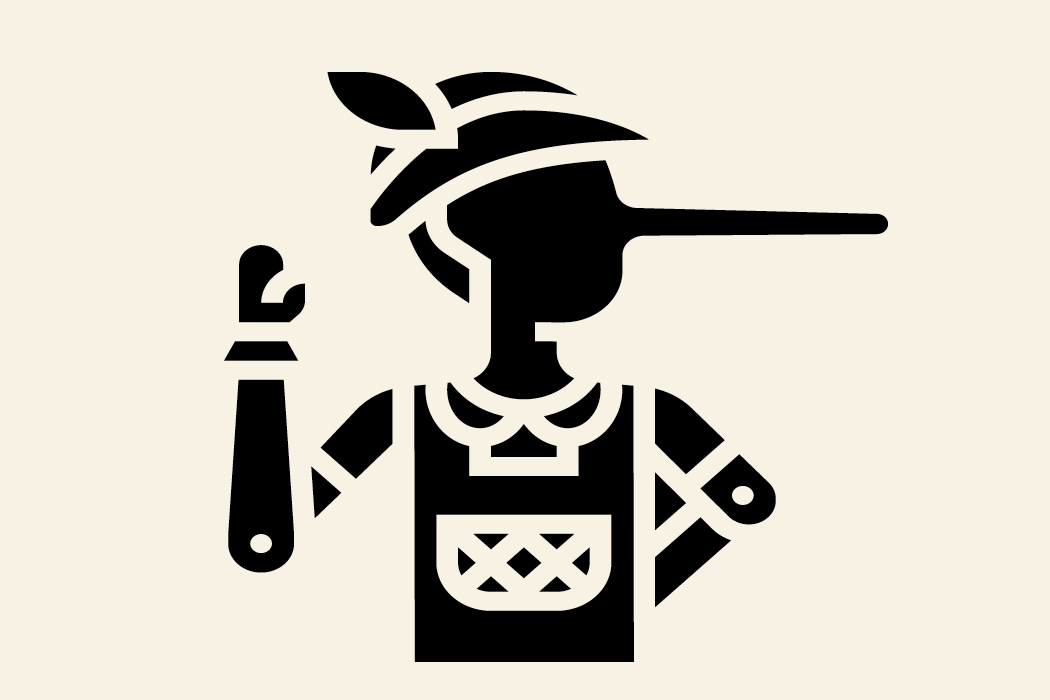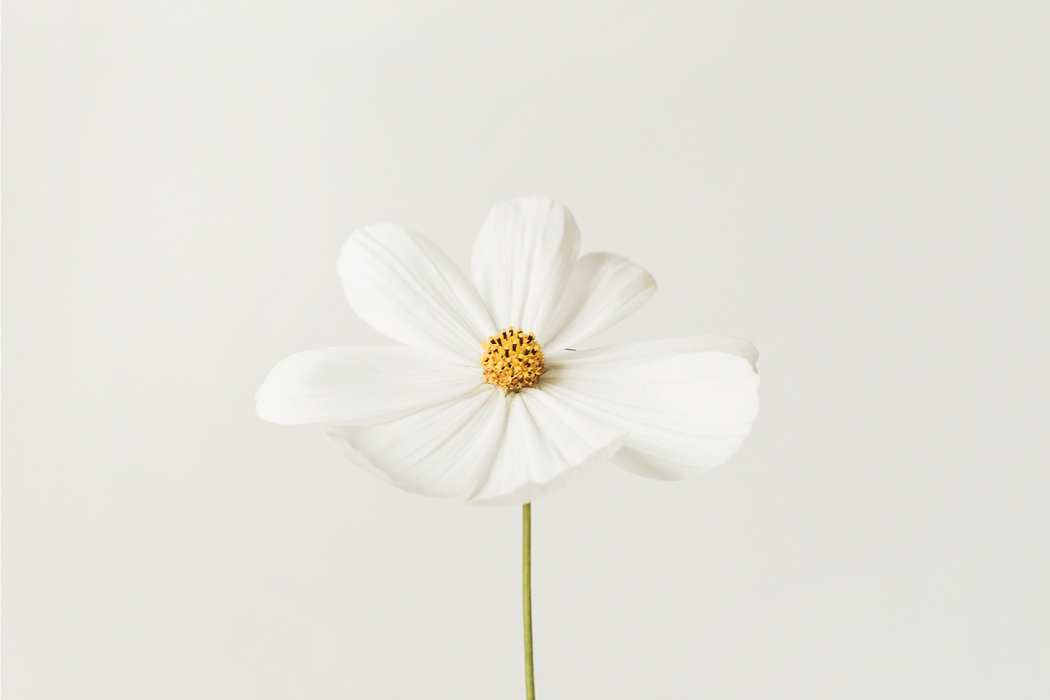One man. Two discoveries. 130 million years in the making.

It was a (pre)historic year for IU paleobotanist David Dilcher.
In August 2015, Dilcher and a team of European scientists identified what could be the world’s “first flower”: Montsechia vidalii, an aquatic plant, which flourished in the lake beds of Spain more than 130 million years ago.
Then, in early 2016, Dilcher was part of an international team that discovered Oregramma illecebrosa, a species of Jurassic insect whose characteristics and behavior closely resemble that of a modern butterfly—but whose existence pre-dates today’s butterflies by roughly 40 million years.
Both discoveries add important layers of understanding to the mysteries of biological evolution, giving us new perspectives on how plant and animal species innovate—and replicate—particular biological traits to adapt and thrive over time.
And the world has taken notice: Dilcher’s findings have been covered by international media outlets such as Discovery News, Smithsonian Magazine, and the Science Channel. Fellow researcher and University of Connecticut professor Donald H. Les described Dilcher’s work on the “first flower” as “an important contribution to the continued quest to unravel the evolutionary and ecological events that accompanied the rise of flowering plants to global prominence.”
In this way, Dilcher’s work not only spans millions of years into the past, but also extends into the future, setting the stage for further research that will help us better understand the world around us, beneath us—and ahead of us.
This article was originally published in the fall 2016 issue of Imagine magazine.
Tags from the story
Written By
Ryan Millbern



